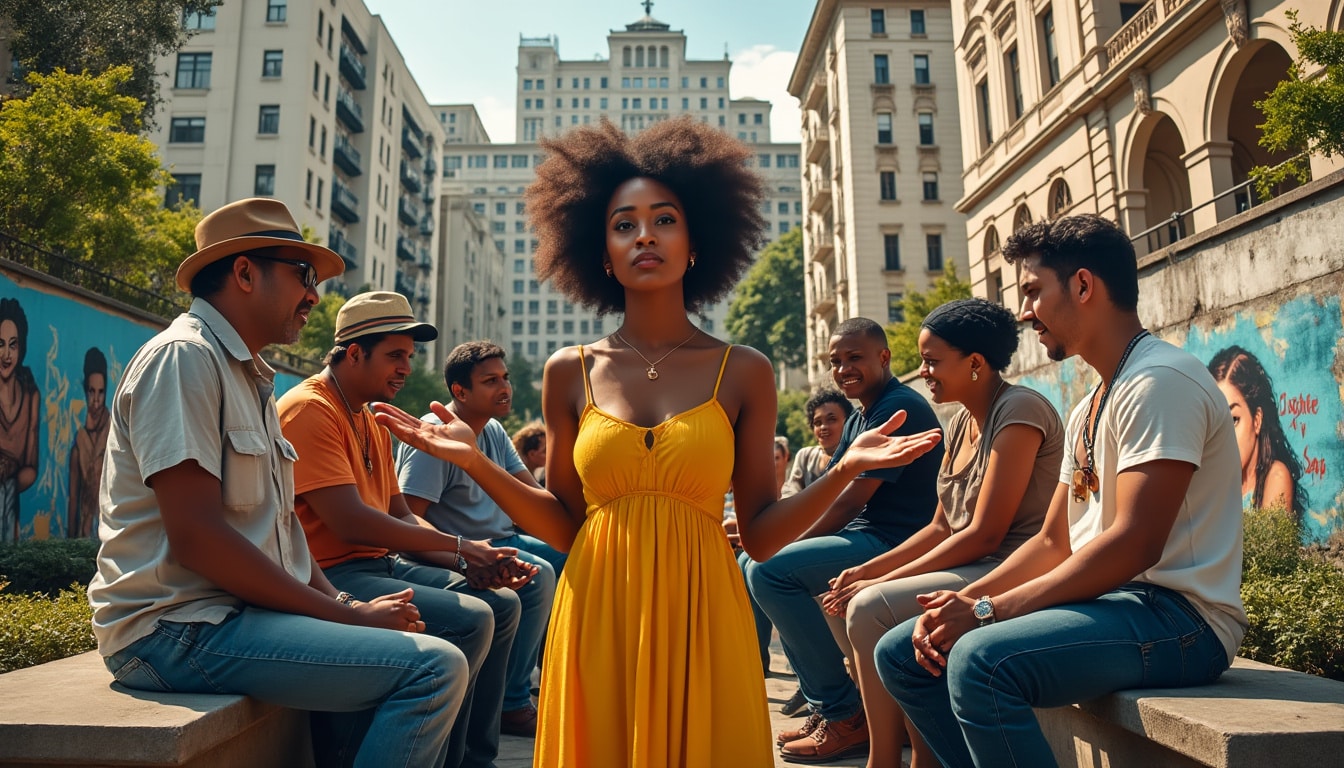As Buenos Aires shines with its vibrant culture, rich history, and thriving social life, it simultaneously grapples with deep-rooted social and discrimination issues. These pressing matters lay bare significant challenges that have been influenced by historical prejudice, socio-economic divides, migration patterns, and systemic barriers embedded in the daily life of the city. While Buenos Aires, often seen as the ‘Paris of South America’, radiates progress and modernity, underneath the surface lies a complex network of societal issues that demand urgent attention. This article delves into the various social and discrimination challenges faced in Buenos Aires today, looking into racial, gender-based, and economic injustices, and how these issues are being addressed by local communities, organizations, and policymakers. Furthermore, it reflects on the changes proposed and actions taken to bridge these divides, aspiring for a more just and equitable society.
Inequality and Discrimination in Buenos Aires: Historical Context and Current Challenges
Buenos Aires, known for its cultural richness and cosmopolitan lifestyle, mirrors a past marred by disparities and discrimination. The city’s growth through the centuries highlights a pattern of socio-economic and racial divides, largely a consequence of colonial history and migration trends that have influenced its demographic fabric.
The city’s origins are deeply entrenched in colonial hierarchies. During the colonial era, the entrenched Spanish caste system created a rigid social hierarchy, prioritizing Europeans over indigenous populations and enslaved Africans. Even today, remnants of this hierarchy persist, influencing racial and class dynamics in Buenos Aires.
- ⚔️ The legacy of colonialism is evident in the economic disparities between the affluent and marginalized communities.
- 🌎 Migration has further influenced the ethnic tapestry of Buenos Aires, with significant waves from various countries leading to a diverse, yet stratified society.
- 🔍 Discrimination based on race, economic status, and gender remains a pressing issue, impacting opportunities and quality of life.
In recent years, the global spotlight has turned to systemic racism, prompting local movements towards social justice. Organizations like the Latin American Consortium Against Discrimination have been actively advocating for policy changes to combat racial and ethnic inequalities in the city. Meanwhile, Amnesty International and Human Rights Watch continue to push for greater transparency and reforms. Yet, the entrenchment of these issues in everyday life makes progress challenging.
| Issue | Impact | Solution Efforts |
|---|---|---|
| Systemic Racism | Limits access to education and job opportunities | Advocacy and policy reform |
| Economic Disparities | Widens gap between rich and poor neighborhoods | Community-driven economic development |
| Gender Discrimination | Reduced female participation in workforce | Empowerment programs by non-profits |
Buenos Aires remains in a balancing act, striving to cultivate a welcoming, inclusive environment against a background of inequality. By understanding and addressing the historical and ongoing issues of discrimination, the city aspires to evolve into a more equitable metropolis.
Migration Patterns and Their Influence on Discrimination in Buenos Aires
Migration has played a pivotal role in shaping Buenos Aires. The city’s vibrant identity owes much to waves of immigration from Europe, Asia, and other parts of Latin America, forming a diverse cultural mosaic. However, this diversity has also led to new challenges, manifesting as discrimination and xenophobia affecting migrant communities.
Historically, Buenos Aires has been a major destination for European immigrants. The influx from Italy and Spain in the late 19th and early 20th centuries enriched the city culturally but also created ethnic hierarchies. More recently, migration from neighboring countries like Bolivia, Paraguay, and Peru, as well as from African nations and Asia, has contributed to the city’s ethnic diversity.
- 👜 These newer migrant communities often face socio-economic marginalization, impacting access to employment, education, and social services.
- 🏥 Discrimination in healthcare, evidenced by longer wait times for migrants or refusal of services, exacerbates inequalities.
- 🚪 Housing discrimination remains a significant hurdle, with many migrants residing in under-served neighborhoods.
Organizations such as Cáritas Argentina and the Red por los Derechos de la Infancia en Argentina are pivotal in supporting migrant integration and protecting their rights. Meanwhile, UNICEF works with local entities to ensure that children’s rights within these communities are upheld, providing educational and health services.
| Migrant Group | Challenges Faced | Support Structures |
|---|---|---|
| Bolivian Community | Labor exploitation, housing discrimination | Support from community NGOs |
| Peruvian Migrants | Healthcare and employment barriers | Integration programs by government |
| African Asylum Seekers | Xenophobia, limited social services | Legal aid and advocacy by Pro Bono Foundation |
Migrant-led initiatives are becoming more prominent, empowering communities to advocate for themselves and demand policy shifts. The “Migration is a right” movement encapsulates these efforts, pushing for more equitable treatment and systemic change across Buenos Aires.

Gender-Based Discrimination and Inequality: The Silent Struggle
Gender discrimination remains an insidious barrier to equality in Buenos Aires. Despite strides in gender rights globally, women in the city continue to face issues affecting their socio-economic status, personal safety, and access to equal opportunities.
Women, particularly in marginalized communities, confront gender-based violence and limited economic participation. Reports indicate that domestic violence cases continue to rise, despite legislative measures and awareness campaigns. The Wonder Women Against Violence initiative, supported by various NGOs and the UN Trust Fund, works tirelessly towards addressing these grave issues.
Challenges specific to certain groups, such as disabled women and transgender individuals, further compound the struggle for equality:
- 🦽 Disabled women often find shelters inaccessible, reducing their chances of escaping violence.
- 🌈 Transgender individuals experience high levels of discrimination, as highlighted by Todo Mejora through its advocacy work.
Moreover, economic disenfranchisement is significant. With gender wage gaps widening, women’s economic independence is jeopardized. Community programs led by organizations like the Asociación Civil por la Igualdad y la Justicia aim to provide skills training and career development.
| Group | Specific Challenge | Initiatives |
|---|---|---|
| Disabled Women | Inaccessible support systems | Programs by Wonder Women Against Violence |
| Transgender Individuals | Workplace discrimination | Advocacy from Todo Mejora |
| Single Mothers | Economic instability | Support from governmental aid programs |
In Buenos Aires, women are fighting a silent battle against these invisible barriers, yet activism and grassroots efforts remain strong, providing hope for more profound societal change.
Economic Barriers and Discrimination in Buenos Aires
The economy of Buenos Aires is a dynamic force that underpins the city’s status as a formidable South American capital. However, economic inequality poses significant challenges to fair living standards. Many citizens, particularly those in vulnerable groups, face financial insecurity stemming from structural disparities.
Neighborhoods like Villa Lugano and La Matanza illustrate the divides, marked by starkly different standards of living compared to affluent areas such as Puerto Madero. Economic barriers manifest in various forms:
- 📈 Unemployment rates remain higher in marginalized communities, exacerbating poverty cycles.
- 🏘️ Affordable housing is a critical issue, with many living in informal settlements lacking basic amenities.
- 📚 Quality education access is uneven, creating long-term disadvantages for youth in impoverished areas.
Programs aiming to combat economic disparities, like those initiated by Fundación Pro Bono, work towards providing legal aid and support for entrepreneurship in low-income areas. Meanwhile, local governmental initiatives strive to improve infrastructure and expand employment opportunities in underdeveloped zones.
| Economic Challenge | Impact on Community | Current Solutions |
|---|---|---|
| High Unemployment | Increases poverty rates | Job creation programs |
| Housing Crisis | Poor living conditions | Government housing schemes |
| Educational Disparities | Limited future opportunities | Community education initiatives |
The city must prioritize equitable economic strategies to bridge these divides, ensuring that all residents can partake in and contribute to Buenos Aires’ thriving economy. Advocacy and innovation continue to drive efforts toward inclusive growth, focusing on systemic change and community engagement.
Community Initiatives and Efforts to Combat Discrimination
The fight against social and discrimination issues in Buenos Aires is fortified by grassroots movements and community initiatives dedicated to fostering inclusion and equity. Local organizations and international bodies play a crucial role in this ongoing battle, often focusing on empowering communities through education, advocacy, and support services.
Community-driven initiatives have a profound impact, addressing both immediate needs and forging long-term changes:
- 🎓 Educational programs aimed at reducing dropout rates among marginalized youth, supported by organizations like Red por los Derechos de la Infancia en Argentina.
- 👥 Initiatives promoting cultural understanding and integration through events and workshops.
- 🤝 Collaborative projects that connect diverse communities and create platforms for dialogue and cooperation.
One notable project is led by Greenpeace, which focuses on environmental justice in low-resource neighborhoods, highlighting how environmental concerns intertwine with socio-economic issues.
| Initiative | Objective | Impact |
|---|---|---|
| Educational Workshops | Reduce youth dropout rates | Increased education continuity |
| Cultural Festivals | Promote diversity and unity | Greater community cohesion |
| Environmental Justice Projects | Address environmental discrimination | Improved living conditions |
These efforts showcase the power of community in achieving social change, reinforcing the idea that collective action can lead to a more equitable society. With ongoing support and dedication, Buenos Aires stands poised to overcome its challenges and embrace a future defined by inclusivity.
FAQs on Social and Discrimination Issues in Buenos Aires
Here are some frequently asked questions regarding social and discrimination issues in Buenos Aires:
1. What are the main types of discrimination faced in Buenos Aires?
Discrimination in Buenos Aires primarily includes racial, economic, gender-based, and xenophobic issues. Systemic inequalities often manifest as socio-economic disparities impacting access to essential services.
2. How does migration affect social dynamics in Buenos Aires?
Migration contributes to the city’s cultural diversity but also introduces challenges like housing and employment discrimination and social integration barriers. Migrant communities often face xenophobia and limited access to basic services.
3. What are some organizations working to combat discrimination in Buenos Aires?
Several organizations are active, including Amnesty International, Human Rights Watch, and local NGOs like Cáritas Argentina and Fundación Pro Bono working on legal aid and advocacy.
4. How does gender discrimination manifest in Buenos Aires?
Women in Buenos Aires face issues such as gender-based violence, wage gaps, and limited access to certain economic sectors, especially affecting women from marginalized communities.
5. What steps are being taken to address these social issues?
Efforts include legal reforms, community initiatives, advocacy from NGOs, and government programs aimed at bridging economic and social divides, improving access to education, and providing support to vulnerable populations.
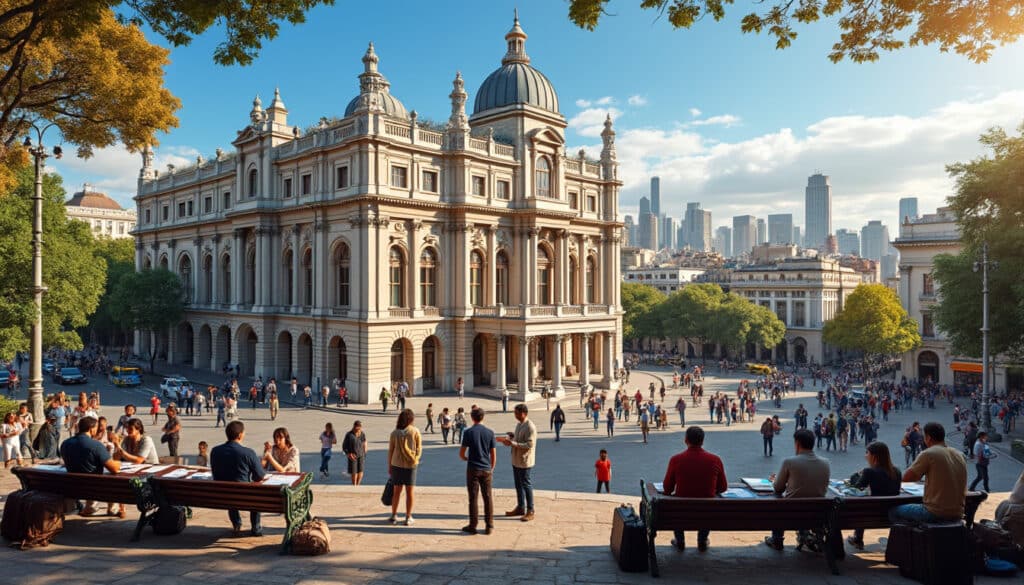
Legal Information and Rules in Buenos Aires
Buenos Aires, the vibrant capital of Argentina, is not just a cultural and historical hub but also a city governed by intricate legal frameworks. Understanding the legal landscape in Buenos Aires is vital for both residents and travelers. From navigating…
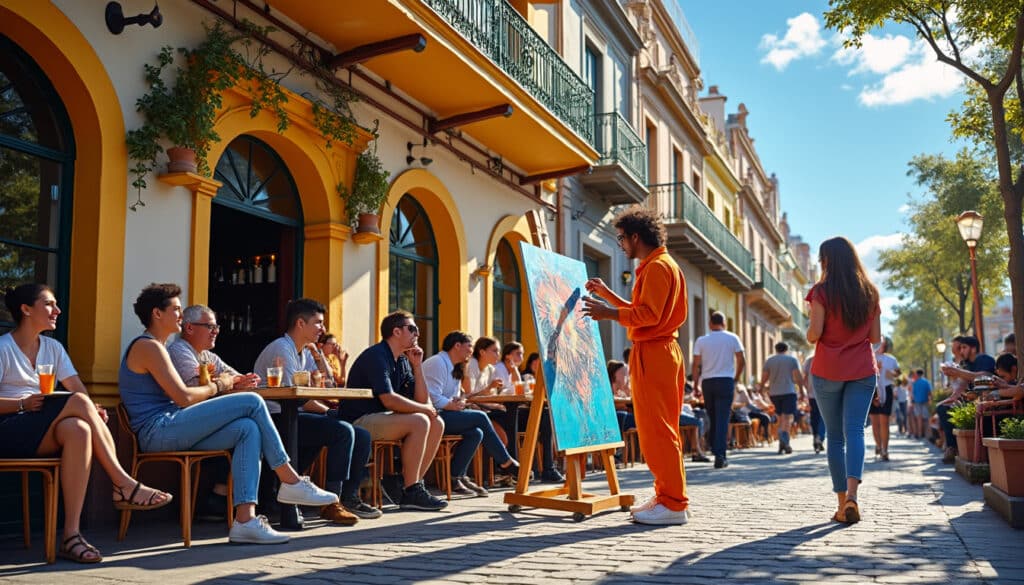
Calling and communication rules in Buenos Aires
Navigating the communication landscape in Buenos Aires can be both an exciting and challenging experience. Whether you’re an expat settling into the vibrant city or a visitor eager to explore its rich culture, understanding the local rules and options for…
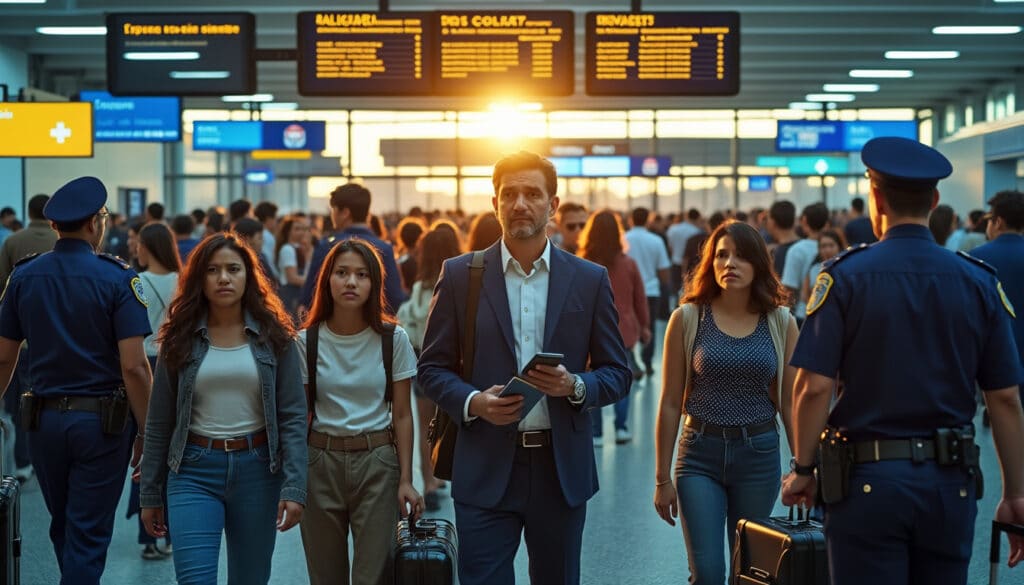
Criminal status and entry to Buenos Aires
Travelers with past legal issues might find themselves puzzled when planning a trip to Buenos Aires. Understanding the intersection of your criminal status and the immigration requirements for Argentina is paramount as it can significantly impact your journey. From checking…
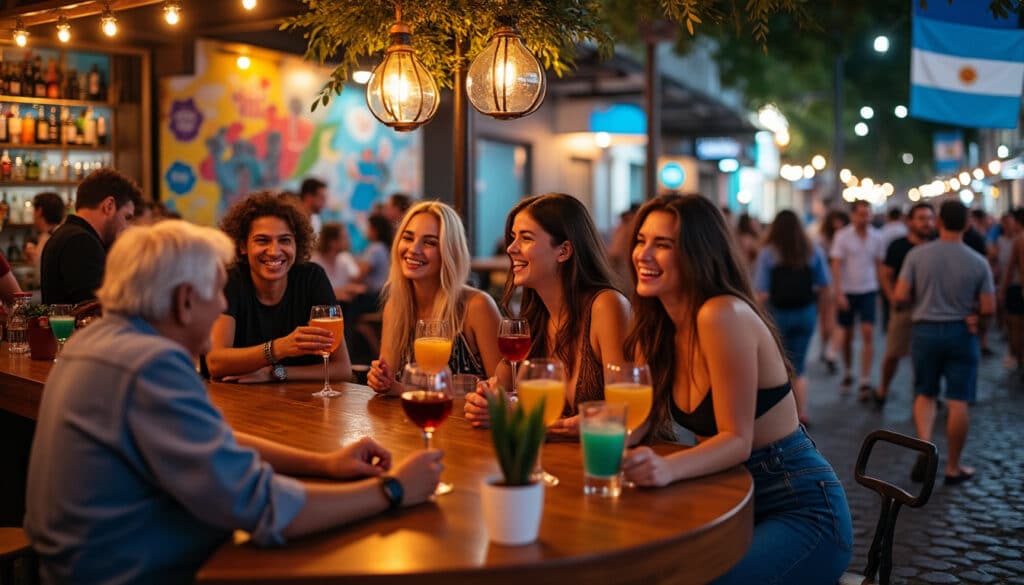
Drinking and age restrictions in Buenos Aires
Buenos Aires, one of South America’s most vibrant cities, boasts a lively nightlife and rich cultural tapestry. A common question for travelers and locals alike is about the drinking and age restrictions in this bustling metropolis. While the legal drinking…
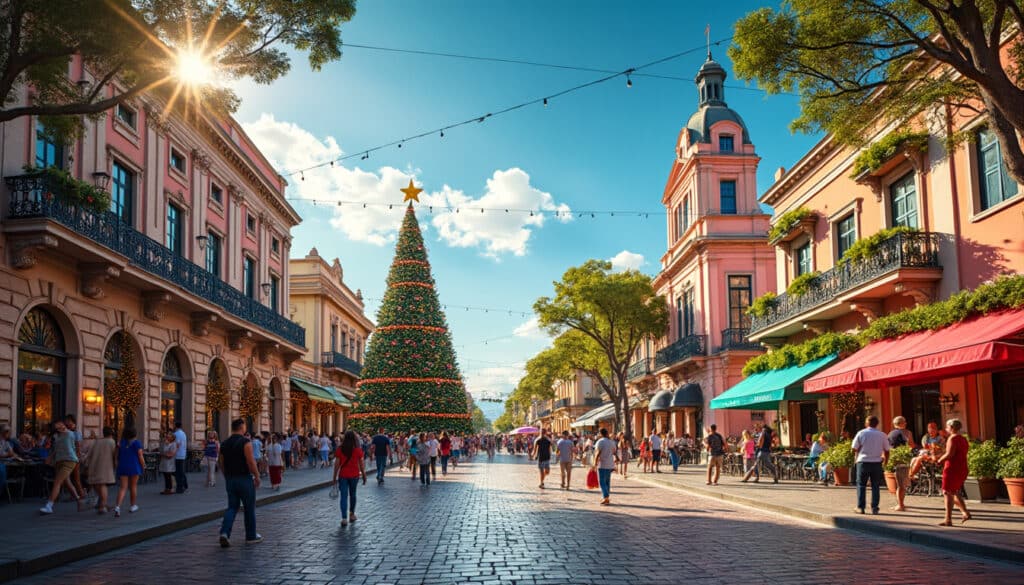
Holiday openings in Buenos Aires
Planning a trip to Buenos Aires around the holiday season? Whether you’re a local or a traveler, understanding how Buenos Aires operates during holidays is crucial for maximizing your experience in this vibrant city. From business closures to cultural festivities,…

How to move to Buenos Aires legally
Every year, thousands consider making the vibrant city of Buenos Aires their new home. From its rich cultural tapestry, brimming with tango music, delectable cuisine, and passionate football, to its dynamic urban landscape offering a fusion of European and Latin…
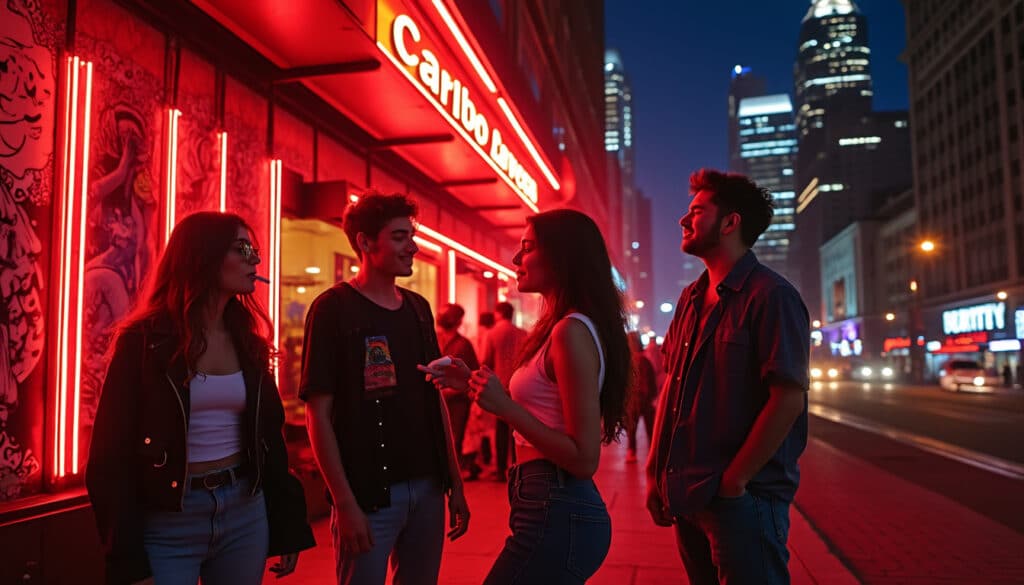
Smoking, drugs, and red light laws in Buenos Aires
Buenos Aires, the bustling capital city of Argentina, is renowned for its rich cultural tapestry, vibrant nightlife, and historic neighborhoods. Yet, beneath its lively surface, there are intricate laws governing areas often shrouded in controversy and curiosity for many visitors.…

